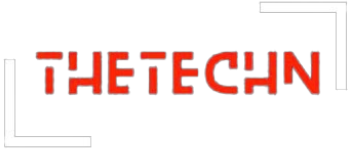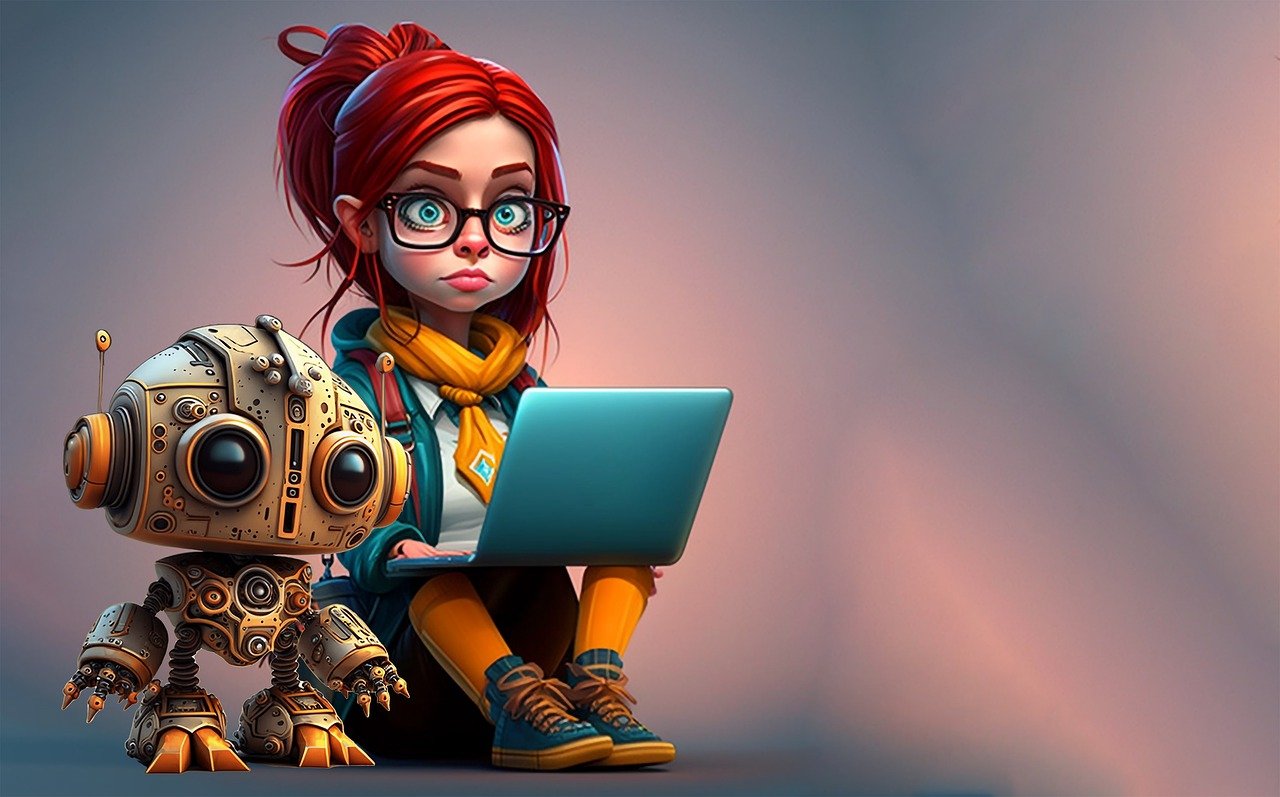Welcome to the artistic playground of Generative AI! This field of artificial intelligence isn’t just about crunching numbers; it’s about conjuring up entirely new worlds of possibilities. Imagine a partner who can paint your dreams, compose symphonies from your emotions, and write novels that dance off the page – that’s the magic of generative AI.
But what exactly is this creative engine?
Generative AI is a subfield of AI dedicated to generating new content. It’s like a digital brush dipped in algorithms, capable of crafting anything from realistic landscapes to fantastical creatures, from heart-wrenching poetry to catchy jingles. Unlike traditional AI, which excels at recognizing patterns and making predictions, generative AI learns the underlying structure of data and uses that knowledge to create something entirely new.
Think of it as a sculptor, not a mirror. A sculptor doesn’t simply copy what’s already there; they take raw materials and mold them into something unique. Similarly, generative AI doesn’t just mimic existing data; it uses its understanding of patterns and relationships to forge something original.
So, how does this creative alchemy work?
Generative models are trained on massive datasets, learning the intricate relationships between different elements within the data. Think of it like studying a vast library of paintings, not just memorizing individual brushstrokes but understanding how colors, shapes, and textures interact to create a masterpiece.
Once trained, these models can generate new data that follows the same patterns and relationships they learned. They can predict the next word in a sentence, the next note in a melody, or the next stroke in a painting. This allows them to create content that’s not just statistically plausible, but also aesthetically pleasing and emotionally resonant.
And the applications? They’re as diverse as the human imagination itself.
- Art and Design: Imagine a world where artists can collaborate with AI to create breathtaking new forms of art, or where designers can quickly generate prototypes and mockups with unprecedented detail.
- Music and Entertainment: Generative AI can write personalized music scores, create dynamic sound effects for video games, and even generate scripts for engaging narratives.
- Science and Technology: AI can help scientists discover new materials and drugs by simulating complex molecular interactions, or even design innovative products based on user preferences.
- Business and Marketing: Personalized marketing campaigns tailored to individual customers, or product recommendations that anticipate your needs before you even know them – these are just a glimpse of what generative AI can do for businesses.
But is this the dawn of the robot takeover?
While the potential of generative AI is immense, it’s crucial to remember that these models are tools, not sentient beings. They can’t replace human creativity or understand the nuances of human emotions. Their artistic output is still driven by the data they’re trained on, and the responsibility for ethical and responsible use lies with us, the humans steering the ship.
So, what does the future hold for this creative force?
As technology advances and models become more sophisticated, the possibilities are endless. We can expect to see AI-generated content become even more indistinguishable from human-created works, blurring the lines between art and technology. But amidst the excitement, we must remember that the true power of generative AI lies not in replacing human creativity, but in augmenting it, opening doors to new forms of expression and collaboration.
The journey into generative AI is an adventure filled with wonder and possibility. So, grab your curiosity compass and delve into this fascinating world. Who knows, you might just discover the next brushstroke in the masterpiece of human creativity, guided by the hand of intelligent machines.
Frequently Asked Questions:
- Can AI truly be creative?
- AI can generate content that is statistically plausible and aesthetically pleasing, but true creativity requires understanding the world and imbuing your creations with meaning and emotion. While AI can assist us in this process, it cannot yet replicate the full spectrum of human creativity.
- Will AI replace artists and writers?
- Generative AI can be a powerful tool for artists and writers, allowing them to explore new ideas and generate content more quickly. However, it is unlikely to replace human creativity entirely. The human touch, with its unique perspective and emotional intelligence, will always be essential in creating truly meaningful art.
- Is generative AI dangerous?
- Like any powerful tool, generative AI can be misused. It’s crucial to develop ethical guidelines and regulations to ensure that AI is used responsibly and for the benefit of humanity.
- Can I use generative AI myself?
- Yes! There are many user-friendly platforms and tools that allow you to experiment with generative AI, even with limited technical expertise. So, why not give it a try and see what you can create?
- What are the limitations of generative AI?
- Generative





